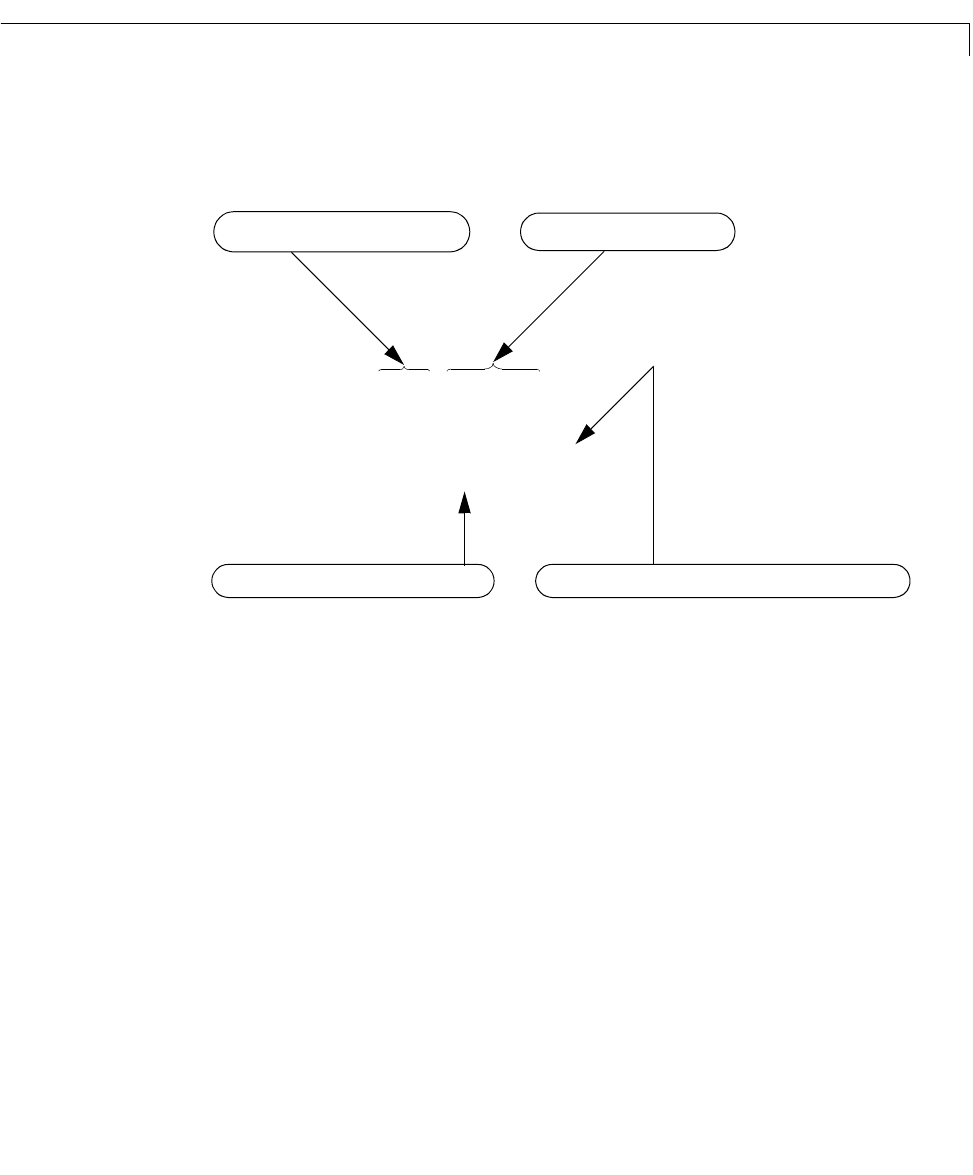User`s guide
Table Of Contents
- Preface
- Quick Start
- LTI Models
- Introduction
- Creating LTI Models
- LTI Properties
- Model Conversion
- Time Delays
- Simulink Block for LTI Systems
- References
- Operations on LTI Models
- Arrays of LTI Models
- Model Analysis Tools
- The LTI Viewer
- Introduction
- Getting Started Using the LTI Viewer: An Example
- The LTI Viewer Menus
- The Right-Click Menus
- The LTI Viewer Tools Menu
- Simulink LTI Viewer
- Control Design Tools
- The Root Locus Design GUI
- Introduction
- A Servomechanism Example
- Controller Design Using the Root Locus Design GUI
- Additional Root Locus Design GUI Features
- References
- Design Case Studies
- Reliable Computations
- Reference
- Category Tables
- acker
- append
- augstate
- balreal
- bode
- c2d
- canon
- care
- chgunits
- connect
- covar
- ctrb
- ctrbf
- d2c
- d2d
- damp
- dare
- dcgain
- delay2z
- dlqr
- dlyap
- drmodel, drss
- dsort
- dss
- dssdata
- esort
- estim
- evalfr
- feedback
- filt
- frd
- frdata
- freqresp
- gensig
- get
- gram
- hasdelay
- impulse
- initial
- inv
- isct, isdt
- isempty
- isproper
- issiso
- kalman
- kalmd
- lft
- lqgreg
- lqr
- lqrd
- lqry
- lsim
- ltiview
- lyap
- margin
- minreal
- modred
- ndims
- ngrid
- nichols
- norm
- nyquist
- obsv
- obsvf
- ord2
- pade
- parallel
- place
- pole
- pzmap
- reg
- reshape
- rlocfind
- rlocus
- rltool
- rmodel, rss
- series
- set
- sgrid
- sigma
- size
- sminreal
- ss
- ss2ss
- ssbal
- ssdata
- stack
- step
- tf
- tfdata
- totaldelay
- zero
- zgrid
- zpk
- zpkdata
- Index

Building LTI Arrays
4-15
For the purposes of efficient computation, you can initialize an LTI array to
zero, and then reassign the entire array to the values you w ant to specif y. The
general syntax for zero assignment of LTI arrays is
To initialize
H in the above example to ze ro, type
H = tf(zeros(1,1,2,2));
before you implement the nested for loops.
Building LTI Arrays Using the stack Function
Another way to build LTI arrays is using the function stack. This function
operates on single LTI m odels as well as LTI arrays. It concatenates a list of
LTI arrays or single LTI models only along the array dimension. The general
syntax for
stack is
stack(Arraydim,sys1,sys2...)
where
• Arraydim is the array dimension along which to concatenate the LTI models
or arrays.
•
sys1, sys2, ... are the LTI models or LTI arrays to be concatenated.
Lengths of the array dimensionsLengths of the output/input dimensions
The maximum number of states in any model in the LTI array
sys = tf(zeros(Ny,Nu,S1,...,SK))
sys = zpk(zeros(Ny,Nu,S1,...,SK))
sys = ss(zeros(Ny,Nu,S1,...,SK,Nx))
sys = frd(zeros(Ny,Nu,Nf,S1,...,SK))
The number of frequency vectors in the FRD










